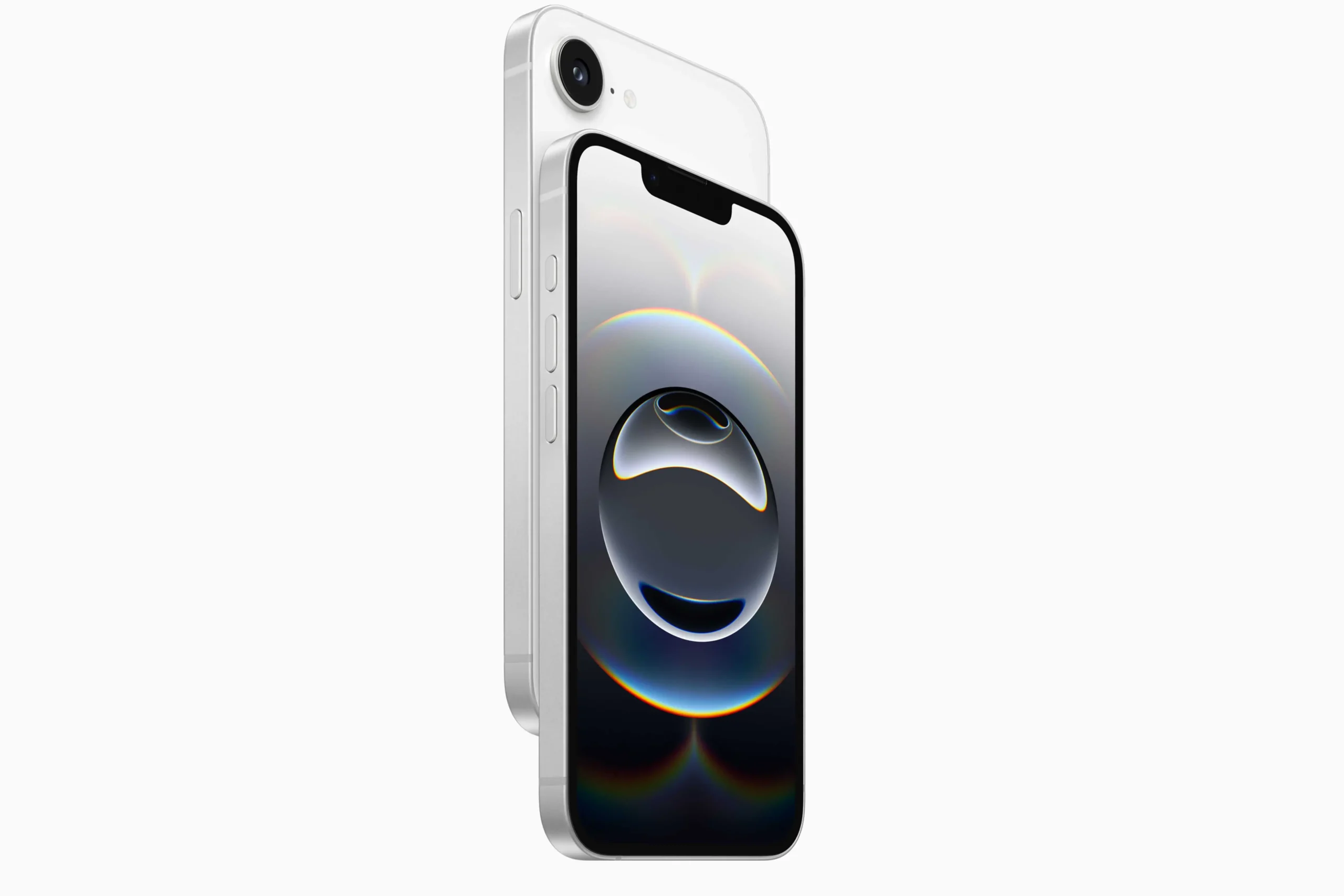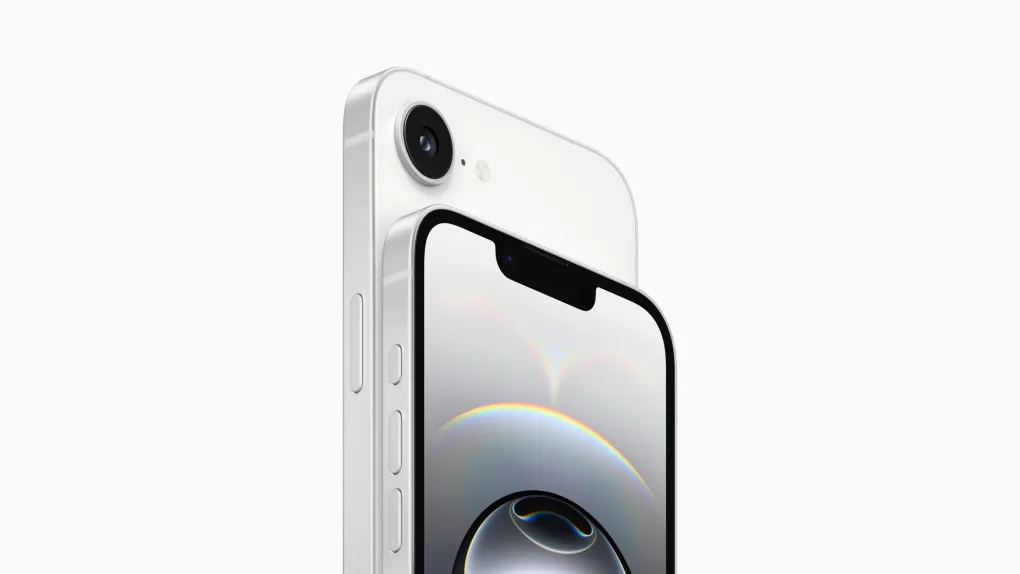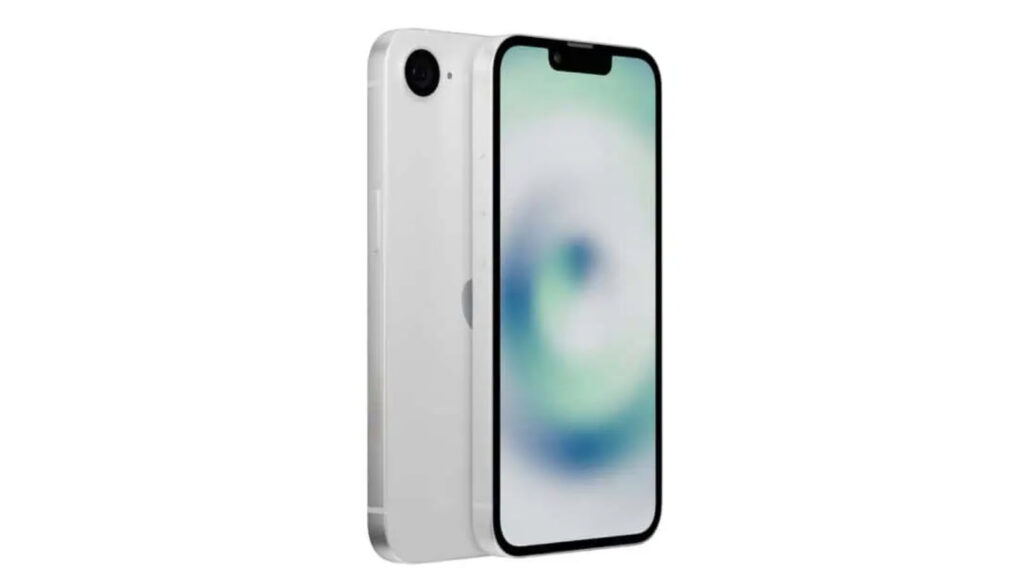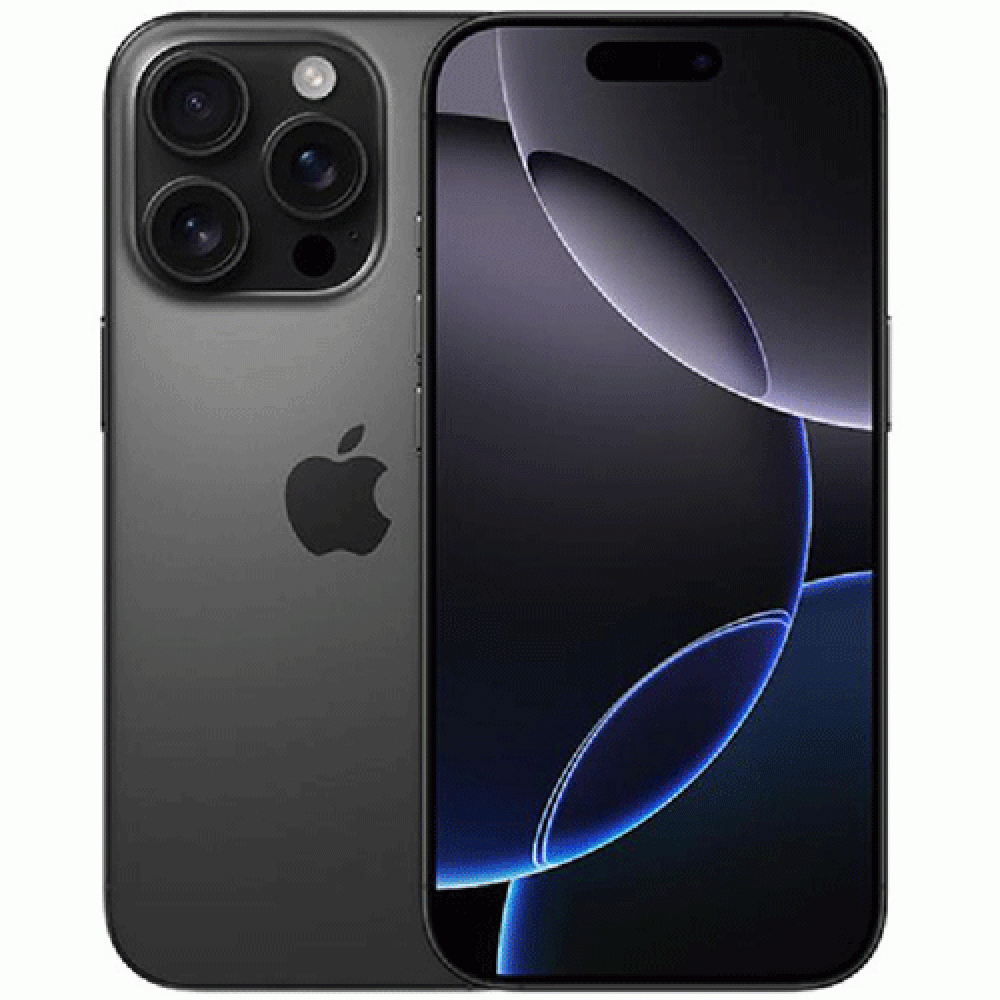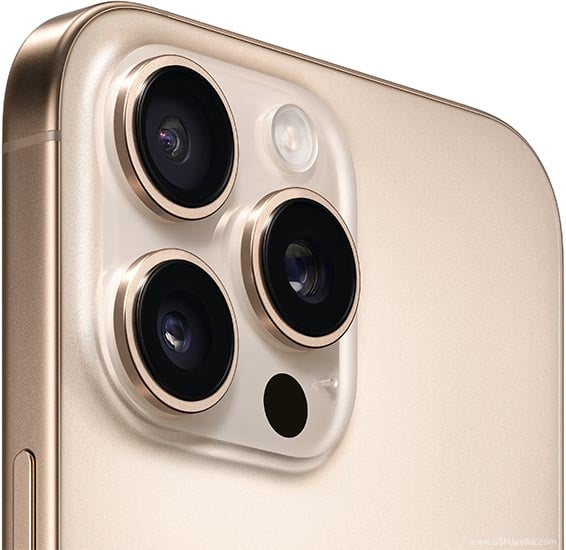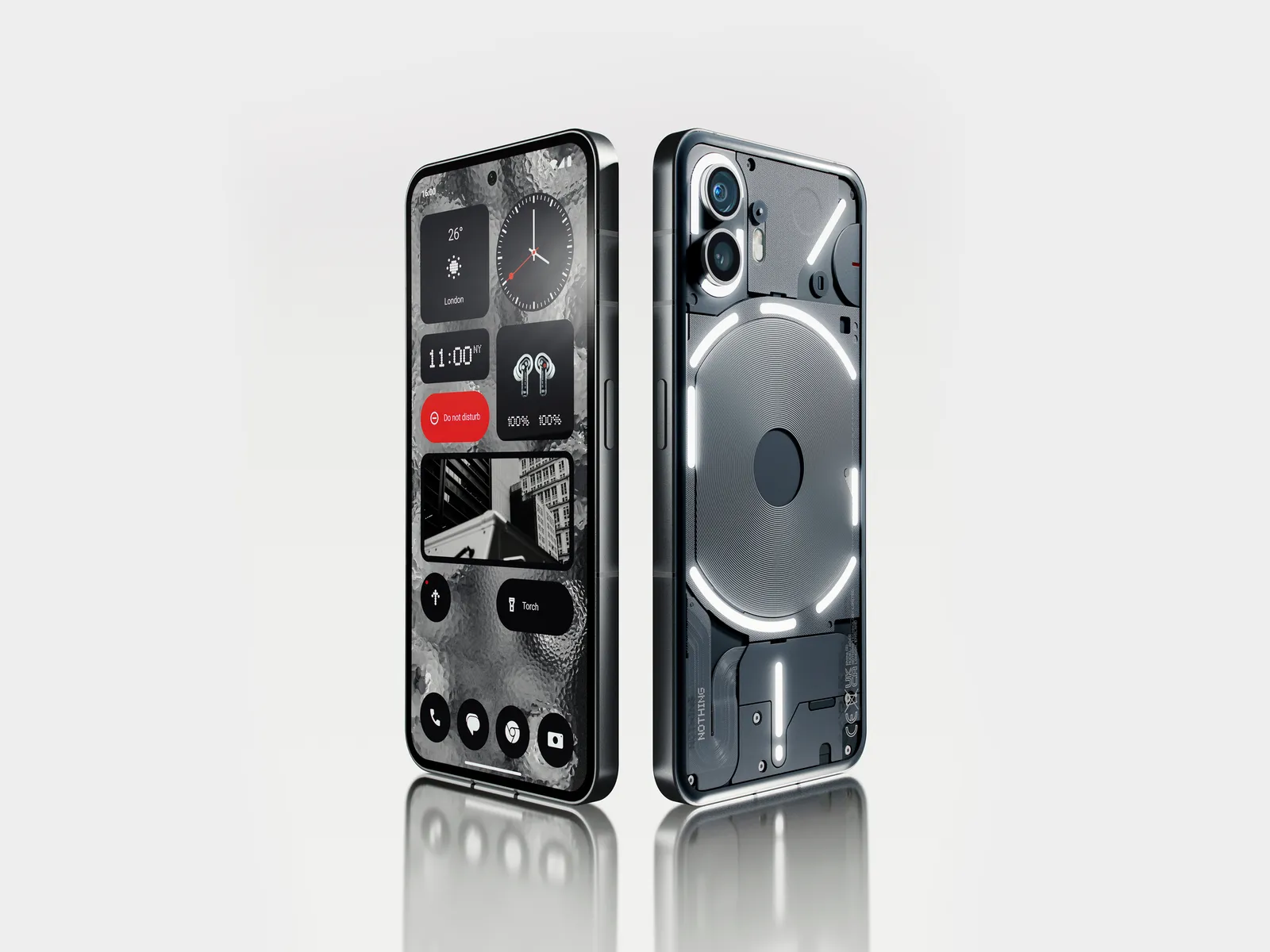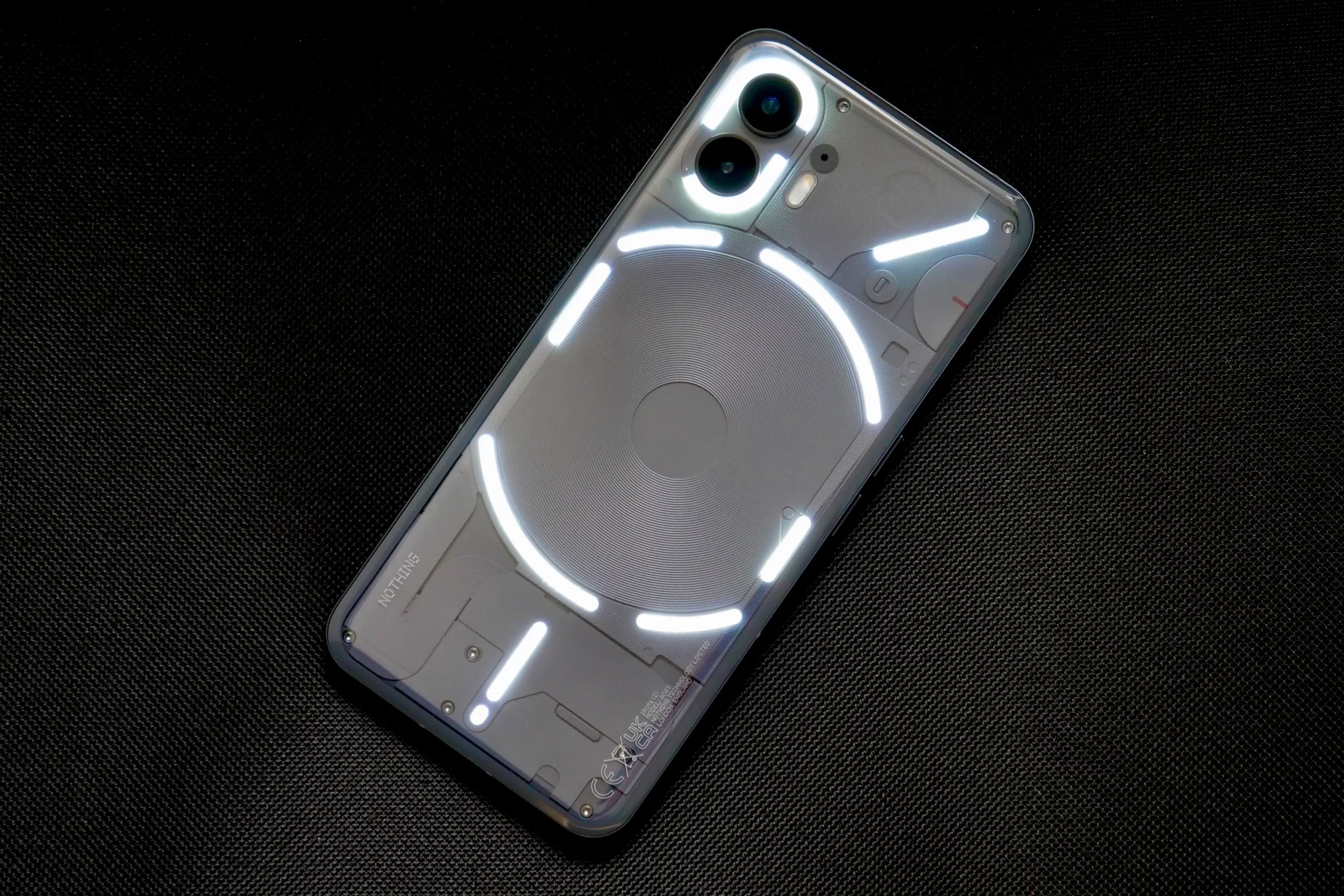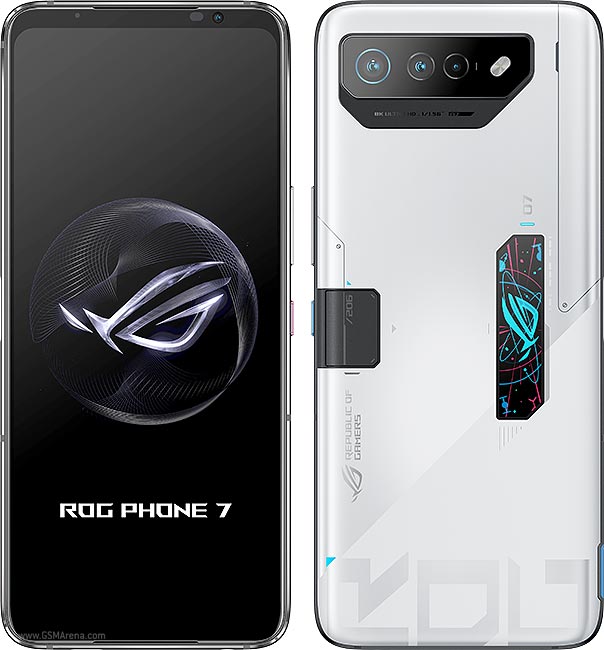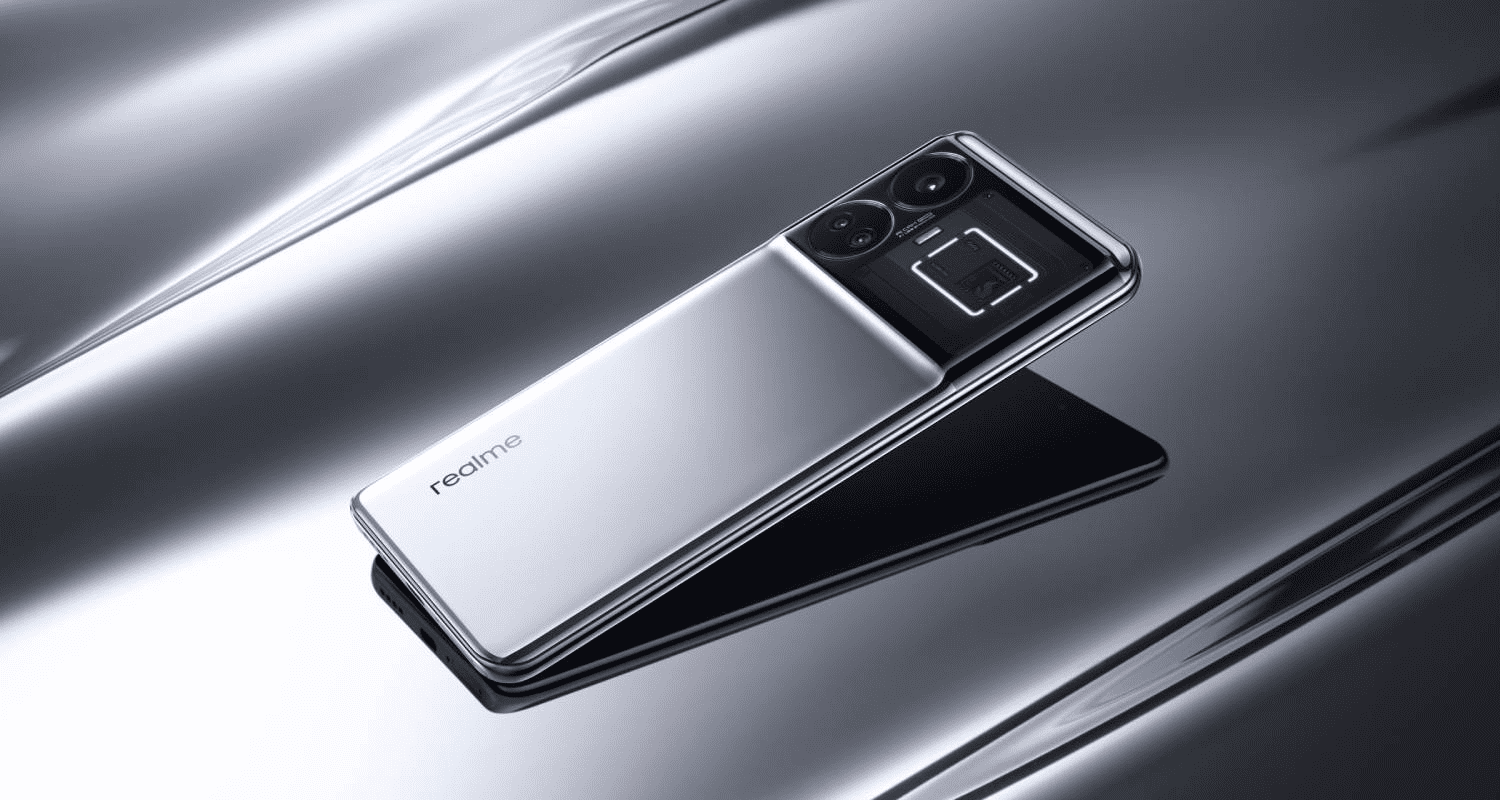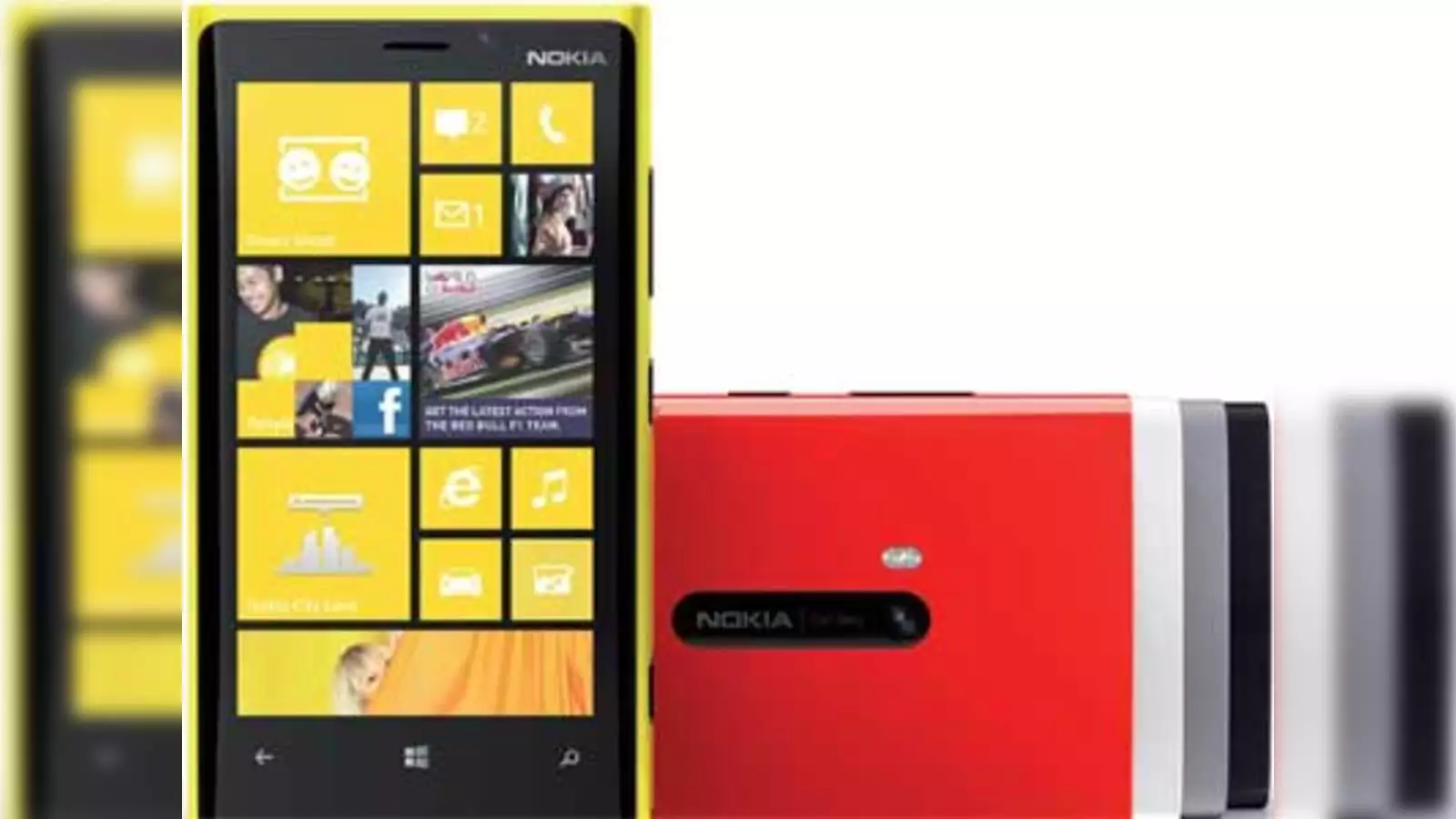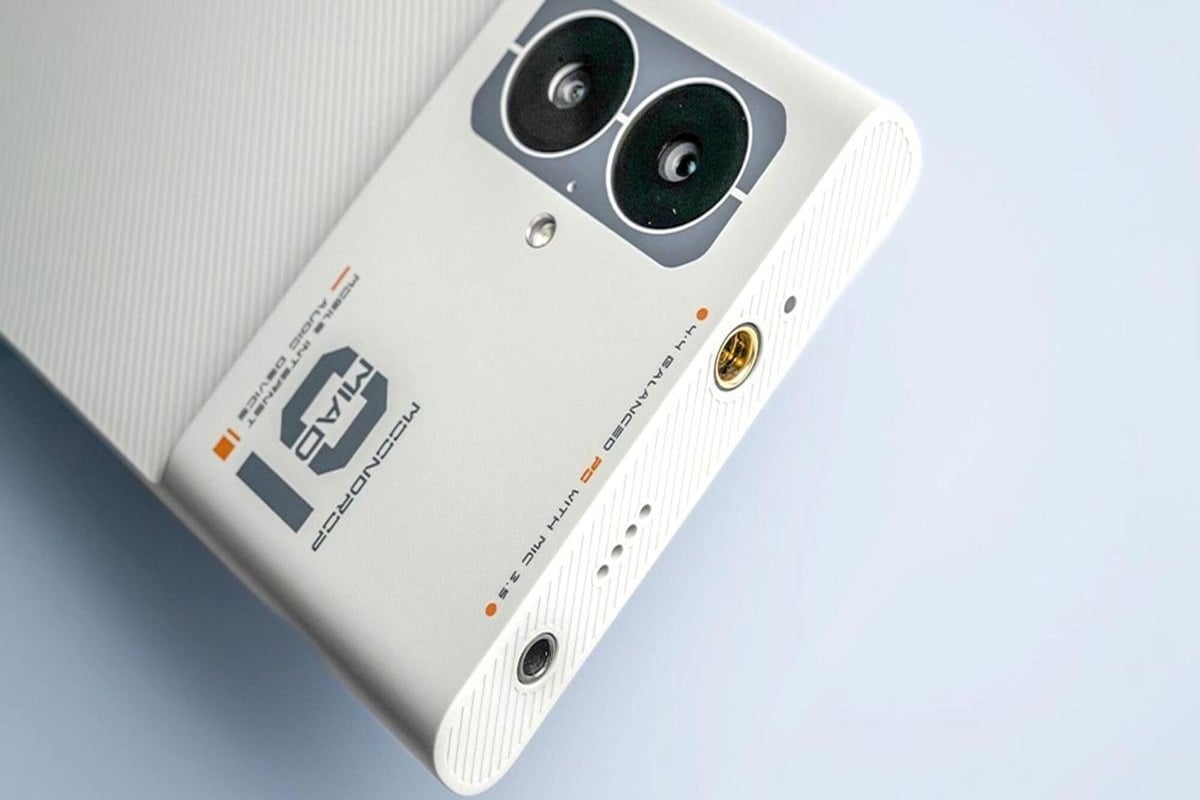Gaming phones have been around for a while, and there are now more options than ever. Brands like Asus ROG, Redmagic, and Black Shark focus on gaming-specific devices. While Asus ROG faces competition from some of the best gaming phones, it continues to lead the market, sticking to its regular release schedule.
I’ve been testing the flagship ROG Phone 7 Ultimate, and it’s an impressive device, boasting top-tier screen technology, cooling features, and gamer-focused software. If you’re after a powerful phone that turns heads and handles all your favorite Android games flawlessly, be prepared to spend a hefty £1,199/€1,399. But that price could be its biggest downside.

Design & Build
- Bulky and heavy
- Sleek matte white design
- Unique cooling ‘AeroActive’ back flap
The ROG Phone 7 Ultimate has a distinctive design that you’ll either love or hate. I expected to dislike it, as I’m usually not fond of gamer aesthetics, but after a few weeks, it’s grown on me. While the regular ROG Phone 7 comes in black or white, the Ultimate edition only comes in matte white. This finish resists fingerprints and feels much better than the glossy surfaces on other phones.
The back of the phone features a symmetrical design with three cameras, a small LED screen strip, and a black flap—the AeroActive Portal—that opens for cooling when the AeroActive Cooler 7 fan is attached. It’s over-engineered, but it works and adds a nerdy charm.
With its two-tone white back, ROG branding, and blue accents, the phone’s build quality is excellent. Rounded sides, two USB-C ports, and the addition of the AeroActive fan showcase thoughtful design choices. However, it’s only IP54 rated for water and dust resistance, and at 239g, it’s quite heavy.
Screen & Speakers
- 165Hz 6.78-inch AMOLED
- Additional rear display
- Outstanding speakers
The flat 6.78-inch AMOLED screen, with a 165Hz refresh rate, is ideal for gaming, and the lack of a notch or cutout makes it more immersive. It’s HDR10+ certified and can reach up to 1,000 nits of brightness. It also features a high 720Hz touch sampling rate, which enhances the gaming experience.
Though not the brightest display, it excels for gaming. Asus has even applied a special coating to reduce friction from sweaty hands, and it works surprisingly well during long sessions.
The rear PMOLED screen, mainly for aesthetics, can display notifications and be turned off to save power. But the real standout here is the speakers—they’re the best I’ve heard on any phone, delivering loud, full sound that adds to the immersive gaming experience.
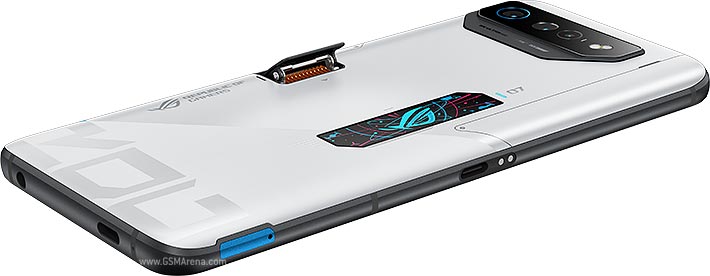
Performance
- Snapdragon 8 Gen 2
- 16GB RAM and 512GB storage
- Included AeroActive cooler
The ROG Phone 7 Ultimate is powered by the Snapdragon 8 Gen 2 chipset, 16GB of RAM, and 512GB of UFS 4.0 storage. Its performance is flawless, handling graphically demanding games like Call of Duty Mobile, Asphalt 9, and Genshin Impact without any issues.
The included AeroActive Cooler 7 accessory, which adds four programmable shoulder buttons, is massive overkill but a fun addition. It helps cool the phone during intense gaming, and its shoulder buttons improve accuracy in certain games like Call of Duty. Asus has also improved the vapor chamber inside the phone, enhancing cooling efficiency.
Software & Updates
- Custom gaming software
- Android 13
- Two major Android updates
Asus’s Game Genie and Armory Crate apps give gamers an impressive level of control over performance settings. You can monitor the CPU and GPU, adjust performance modes, and even set different modes for specific games.
The phone ships with Android 13, and Asus promises two OS updates, along with four years of security updates, ensuring support until 2027.
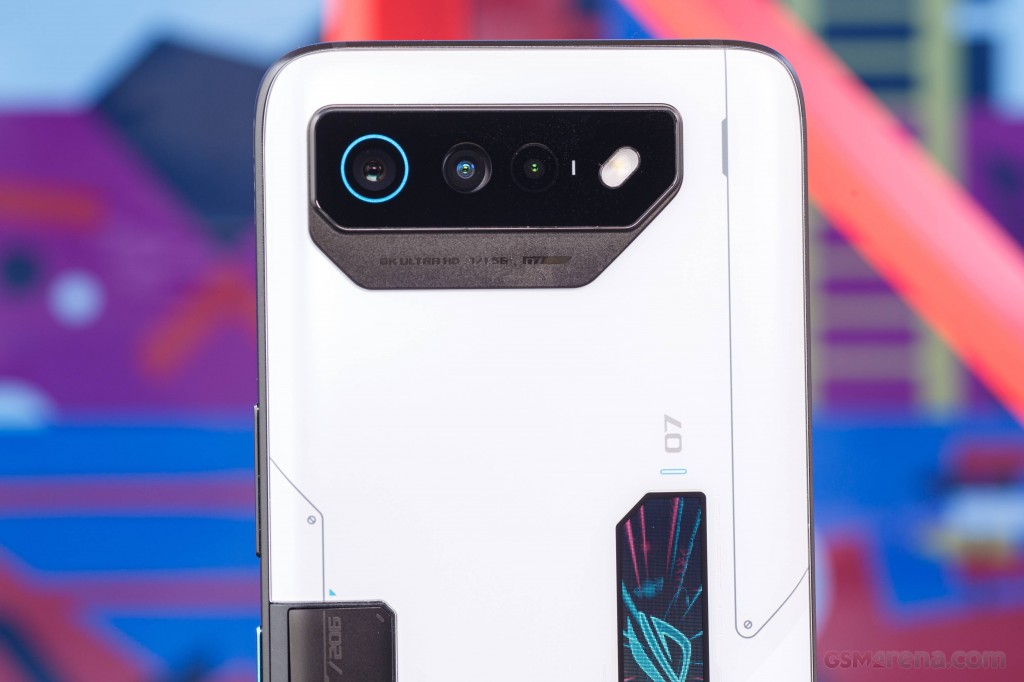
Cameras
- 50MP main camera
- Basic ultrawide and macro
The 50MP Sony IMX766 main camera performs well in daylight and offers decent night shots, but the 13MP ultrawide and 8MP macro cameras are less impressive. The front-facing 32MP selfie camera is more geared toward streaming and gaming rather than high-quality selfies.
Battery & Charging
- 6000mAh battery
- 65W fast charging
- No wireless charging
With two 3000mAh cells, the ROG Phone 7 Ultimate offers great battery life, especially if you’re not gaming constantly. Heavy gaming sessions will require recharging sooner, but the 65W fast charging tops up 72% of the battery in just 30 minutes. Unfortunately, there’s no wireless charging.
Price & Verdict
The Asus ROG Phone 7 Ultimate costs £1,199/€1,399, making it one of the most expensive gaming phones available. However, it includes 512GB of storage, a charger, and a fan accessory, which somewhat justifies the price for hardcore gamers.
Ultimately, the ROG Phone 7 Ultimate is the pinnacle of gaming phones, offering top-tier specs, excellent display quality, and an array of customization options. Its hefty price and bulky design may not appeal to everyone, but for serious mobile gamers, it’s a fantastic option. Cheaper alternatives exist if you don’t need all the bells and whistles, but if you want the best, this phone won’t disappoint.
The Asus ROG Phone 7 Ultimate is priced at £1,199/€1,399, which translates to approximately $1,399 USD. The exact price in the U.S. might vary depending on taxes and availability, but it is expected to be around this range when officially launched.
Conclusion
The Asus ROG Phone 7 Ultimate is the pinnacle of gaming phones, offering top-tier performance with its Snapdragon 8 Gen 2 chip, a stunning 165Hz AMOLED display, and robust cooling features. Its design, while bold and heavy, is engineered for hardcore gamers with customizable software, additional cooling, and shoulder trigger buttons.
The phone’s price is steep, at £1,199/€1,399 (approximately $1,399 USD), which puts it on par with flagship devices like the iPhone 14 Pro Max and Galaxy S23 Ultra. However, it comes with 512GB of storage, a cooling fan accessory, and a charger in the box, making it a more gaming-focused package.
If you’re a serious mobile gamer who demands the best performance and customization, the ROG Phone 7 Ultimate delivers. However, for those who don’t need extreme gaming power, there are more affordable options that still offer excellent performance.
